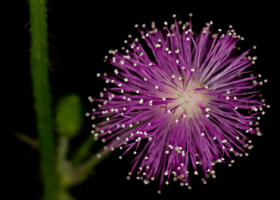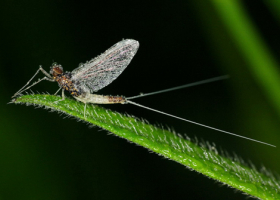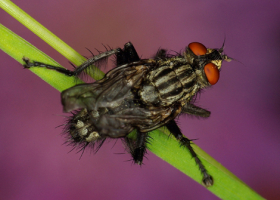NIB
The purpose of the investment project BTH-NIB is the assurance of the appropriate infrastructural conditions for the use of research and developmental opportunities in the fields of operation of the NIB.
Play Video About project Publication
Assist. Prof. Dr. David Dobnik
Working place: Research Councillor
Telephone number: +386 (0)59 23 28 19
Email: david.dobnik@nib.si
Department: Department of Biotechnology and Systems Biology
Qualifications:
- 2012 awarded with PhD in Biotechnology at the Biotechnical Faculty, University of Ljubljana, Slovenia. PhD thesis title: Functional analysis of genes using transgenic plants and development of new methods for detection of genetically modified organisms.
- 2007 Graduated in Biology at the Biotechnical Faculty, University of Ljubljana, Slovenia
- since 2007 employed at National Institute of Biology
Bibliography (COBISS)
Bibliography (Google Scholar)
Research activities:
My current research activities can be divided in three parts:
- Quantification and characterization of viral vectors for gene therapy
- GMO detection
- Other challenges
Quantification and characterization of viral vectors for gene therapy
Work in this field is mostly performed as contract research with partners from Europe and USA, such as AveXis, a clinical-stage gene therapy biotech company.
Focus of research activities is on:
- Development, application, optimisation and validation of molecular methods e.g. droplet digital PCR or qPCR for quantification of viruses, and detection/quantification of residual DNA.
- High throughput sequencing for virus uniformity studies, adventitious virus detection, identification of nucleic acid impurities, etc..
- Transmission electron microscopy for evaluating viral capsid integrity, sample purity and ratio of full and empty viruses.
GMO detection
I’m involved in development of new methods for GMO detection, recently mostly focusing on digital PCR. In collaboration with Norwegian Veterinary Institute, through the cooperation in the EU FP7 programme project DECATHLON, we have developed novel multiplex approaches for GMO quantification. We published highest level of multiplexing for quantification of a group of targets (you’re welcome to read our maize and soybean multiplex papers). We were also the first group to publish 4-plex absolute quantification of individual targets with droplet digital PCR (4-plex paper). Both of the multiplex approaches are available as protocols in Digital PCR book chapter.
As deputy head of GMO diagnostics group I’m actively involved in optimization of process for official control of GMOs, which is routinely performed in our department.
Other challenges
- Evaluation of different digital PCR platforms
- Water decontamination with the use of plasma technology
- Quantification of circulating free DNA as diagnostic markers
Early research work
My early research work was focused on development of a new (alternative) methods for detection of genetically modified organisms (e.g. NAIMA) and on functional analysis of different genes involved in interaction of potato and potato virus Y (e.g. 1,3-beta-glucanase gene). Both of these topics were vital parts of my PhD thesis.
We further improved NAIMA method within Slovenian research project Q-Finder and EU FP7 programme project Q-DETECT, to be able to simultaneously detect RNA and DNA targets after multiplex isothermal amplification (RNA and DNA NAIMA paper).
Work on functional analysis of genes continued with setting up a system for virus-induced gene silencing studies in Solanum venturii, what was made possible through my two month visit of dr. Visser’s laboratory at Wageningen University and Research. This system could not be performed without fluorescently tagged potato virus Y (GFP-PVY paper).
Photos from the lab:
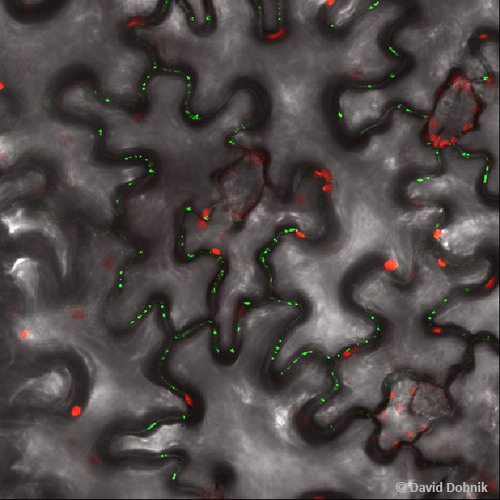
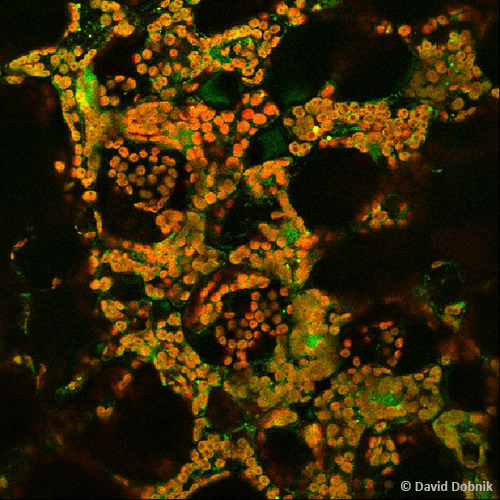
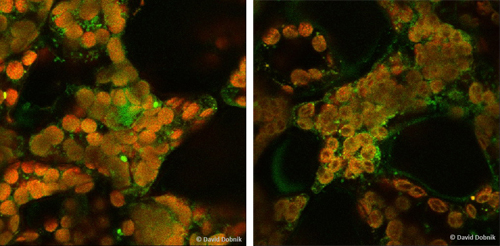
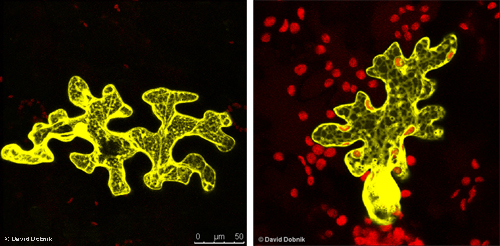
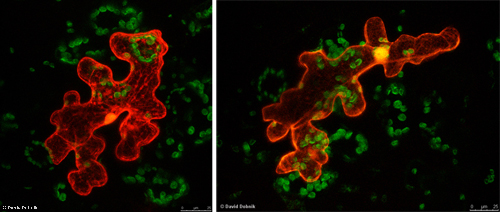
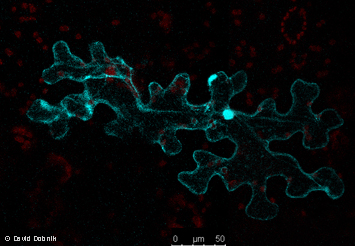


 Scope of NIB's accreditation is given in the Annex to the accreditation certificate and in the List of accredited methods for detection of GMOs and microorganisms – plant pathogens
Scope of NIB's accreditation is given in the Annex to the accreditation certificate and in the List of accredited methods for detection of GMOs and microorganisms – plant pathogens 






